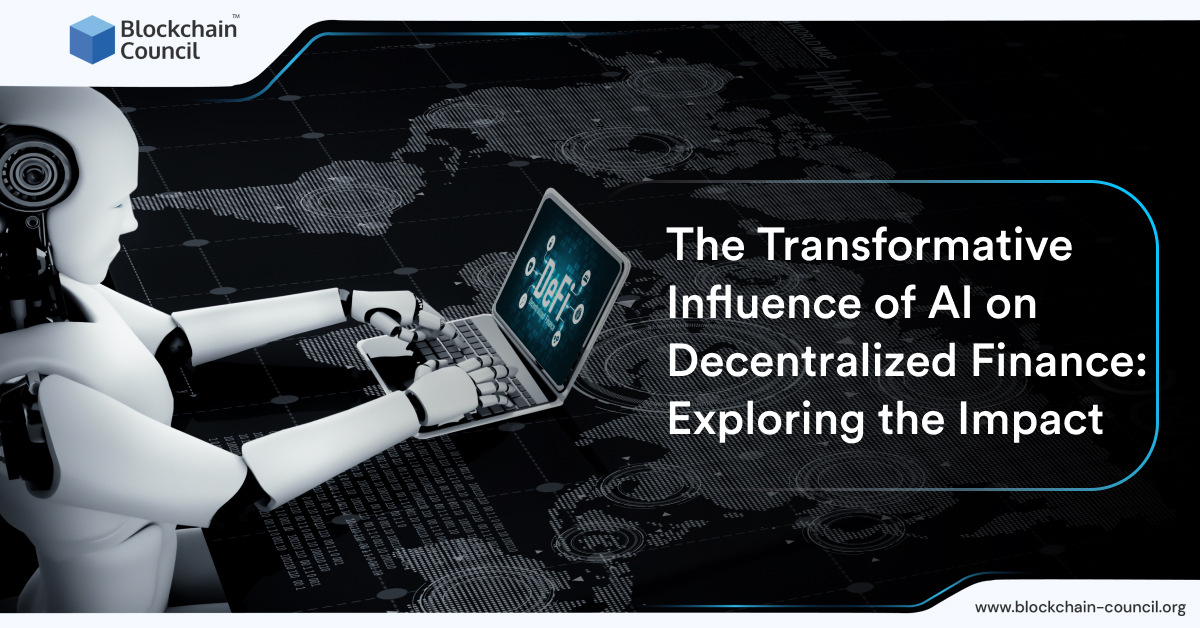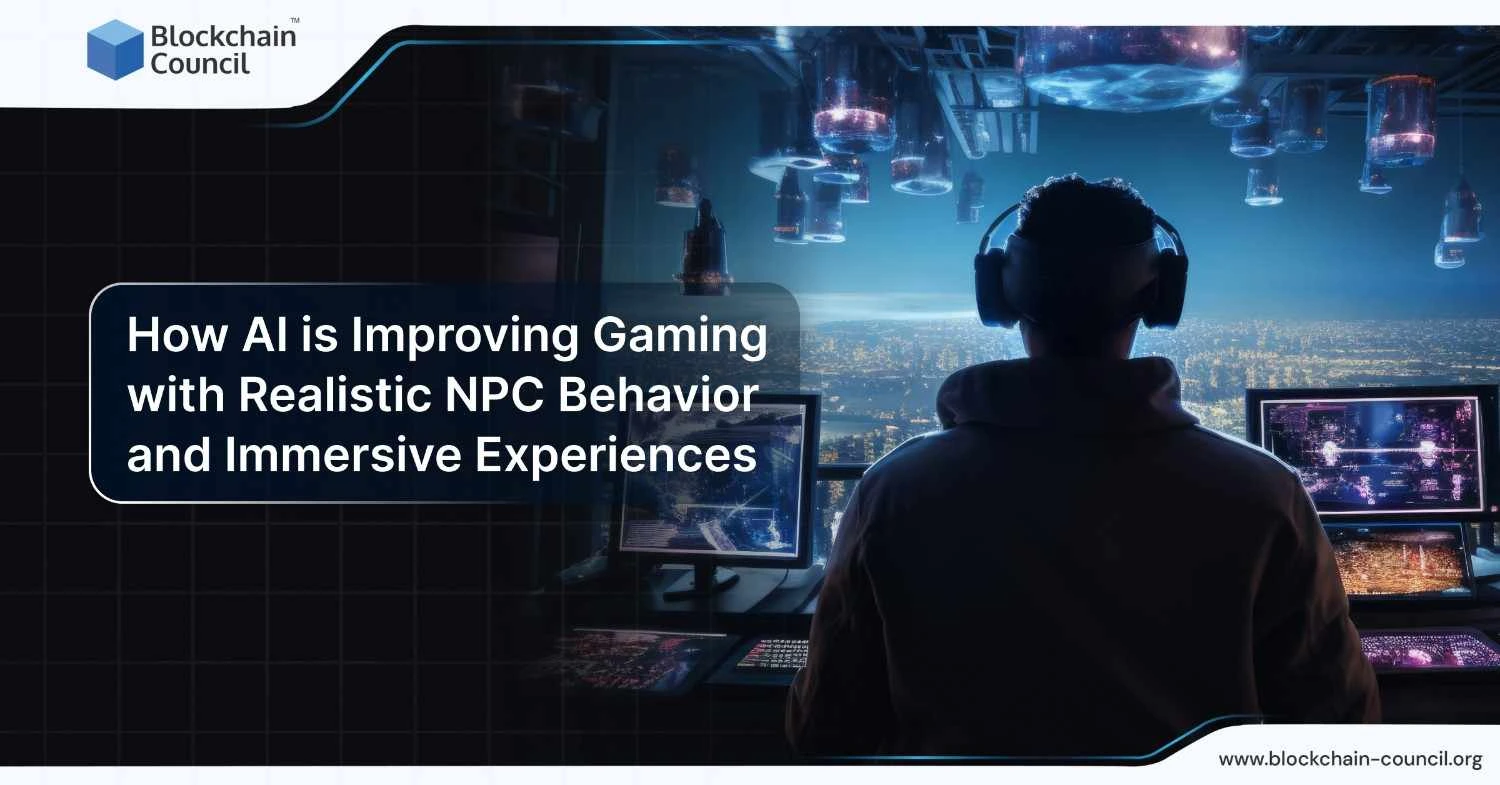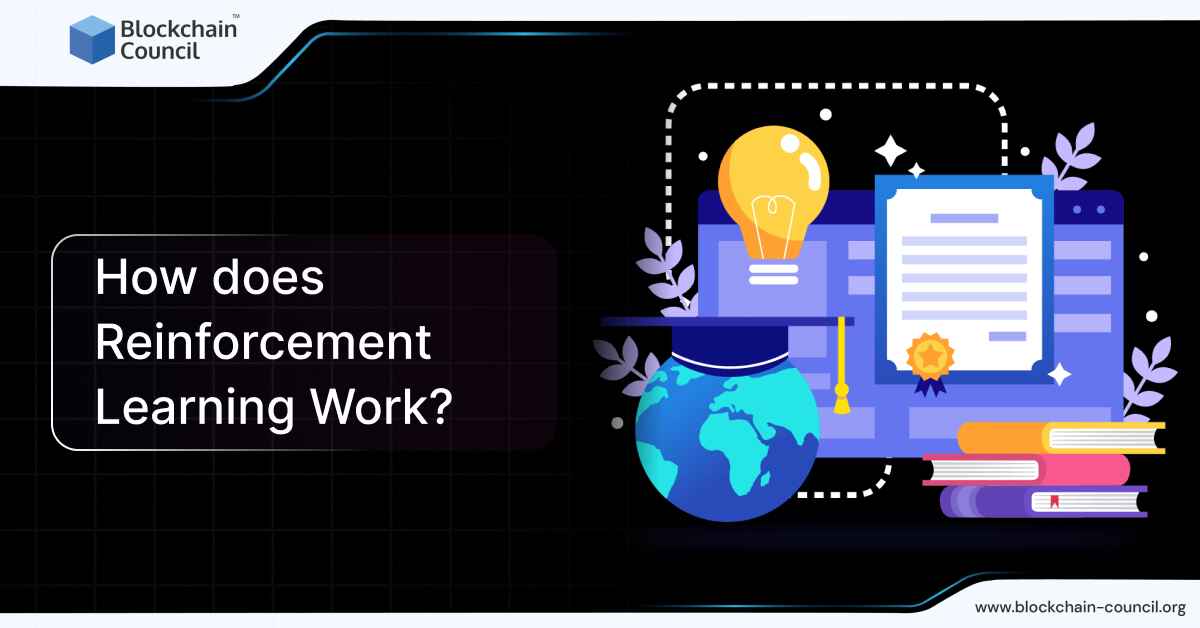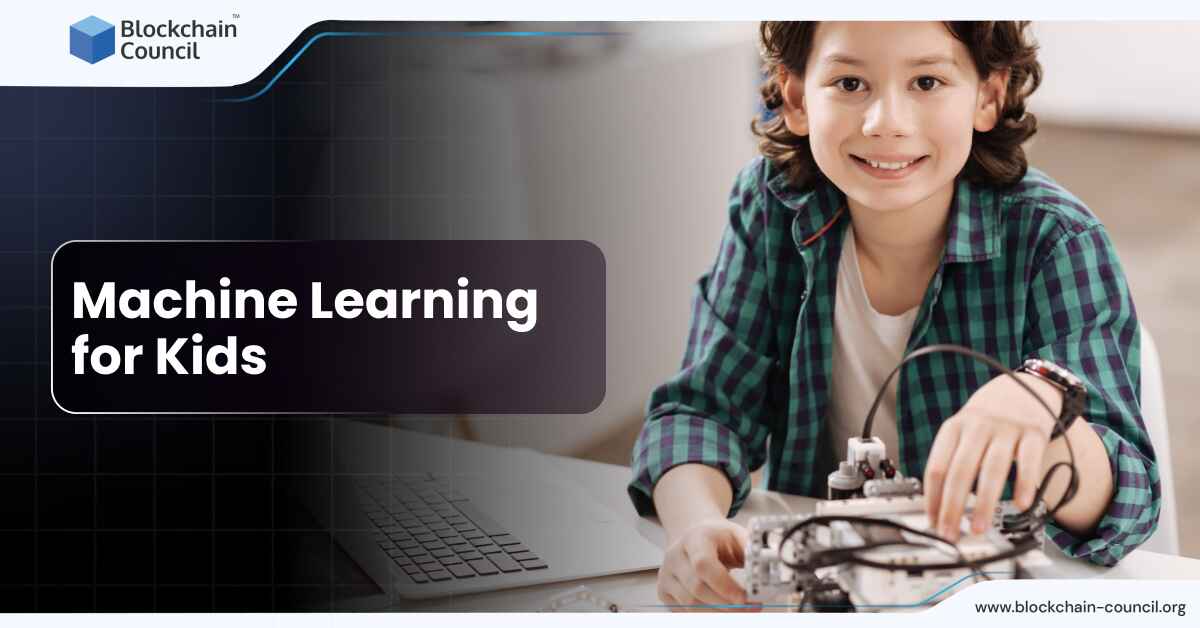
- Blockchain Council
- October 11, 2024
AI has made a big difference in education, with AI-powered tutoring systems gaining more attention recently. These systems adapt to the needs of students, offer customized teaching, and help improve learning overall.
What Exactly Are AI Tutoring Systems?
AI-powered tutoring systems are computer-driven systems that rely on algorithms to modify content for each student’s unique needs. By analyzing things like performance data, these systems can give feedback specific to the student, guide them through lessons, and adjust the level of difficulty as needed.
Unlike conventional tutoring, where students often wait for feedback, AI tutors provide immediate responses. Immediate feedback allows students to fix errors right away. For example, Hawkes Learning’s AI tutor, introduced in October 2024, gives responses that connect with what students are learning, reinforcing key concepts as they face difficult tasks.
Benefits of AI-Driven Tutoring
1. Support for Personalized Learning
One major benefit of AI-driven tutoring is its ability to adjust to how each student learns and at what pace. The systems can spot areas where the learner is having difficulty and change the focus to those topics, making learning more personalized. For instance, Khan Academy’s AI system, called Khanmigo, offers feedback that adjusts to the student’s individual progress, ensuring a smoother and more effective learning experience.
2. Instant Feedback
In traditional classroom settings, it can be challenging for students to get quick feedback. AI-driven tutoring systems solve this issue by providing guidance in real time. Students no longer need to wait until the next class or tutoring session to understand where they went wrong. These AI systems, especially those used in hybrid learning environments, offer immediate responses to quizzes, assignments, and activities. This instant feedback lets students fix mistakes right away, allowing them to move forward with more clarity.
3. Engagement Through Gamified Learning
Another way AI tutors help is by making learning more engaging. They achieve this by incorporating game-like elements, which make the process more interactive and fun. Using techniques like rewards, tracking progress, and interactive challenges, these systems motivate students to complete their lessons and tackle harder tasks. This method boosts confidence and keeps students engaged, especially in areas they find challenging. As a result, they become more involved in learning, making it easier for them to remember the material.
As AI tutoring systems continue to refine the learning experience, having the right prompt engineering skills can be a real asset. The Certified Prompt Engineer™ certification can help you develop those precise skills, putting you ahead in the educational tech field.
Examples of AI-Driven Tutoring Systems in Action
There are already several AI-powered tutoring platforms making an impact. For instance, in Louisiana, Amira has been used across schools, providing tailored reading support to more than 74,000 students. Amira’s success shows how AI is being used to address gaps in K-12 education, especially to help recover from the learning losses caused by the pandemic.
Similarly, Pearson’s AI-based study tools, used in higher education, offer students learning experiences that are directly integrated into digital textbooks. These tools help learners target their weaker areas without needing extra tutors.
Platforms such as Coursera and edX also use AI tutoring to offer adaptable learning experiences. AI monitors student performance across different assignments and tests, adjusting future lessons to focus on areas where improvement is needed. This customized approach has been shown to lead to better outcomes, as students get help where they need it the most.
Here are a few other platforms utilizing AI-powered tutors that are making waves in education:
- Khanmigo: This AI tutor from Khan Academy guides students through lessons, adjusting its support based on individual needs. It helps students better grasp topics like science and math.
- LiveHint AI: Developed by Carnegie Learning, this system looks at how a student performs in real time and provides hints, improving their ability to understand and solve problems.
- Blooket: This tool lets teachers or hosts design games and quizzes for their students. Through gamification, students learn in a more engaging and enjoyable way using Blooket codes.
- Julian: A joint project from Walden University and Google, this AI tutor helps students in areas where answers aren’t always black and white, like sociology. Julian can learn and improve over time, offering students a more individualized learning experience.
Challenges and Drawbacks
While AI-powered tutoring holds a lot of potential, it also comes with challenges. One key issue is the risk of bias in the algorithms used. Because these systems are built using existing data, they might unintentionally carry over biases found in that data. Ensuring that AI offers fair support to all students, regardless of their background, remains a significant concern for educators.
Another drawback is the absence of human interaction. While AI can provide a customized and helpful learning experience, it can’t replace the empathy and understanding that only human teachers can give. Younger students, in particular, might struggle with using AI tutors effectively without adult supervision.
Additionally, AI systems still face limitations in certain subjects. For example, language models like ChatGPT are good at explaining text-based questions, but they may have difficulty with tasks that involve complex reasoning, such as solving difficult math problems. Educators and developers are trying to make these tools more dependable across various subjects.
Final Thoughts
As technology advances, AI-driven learning systems will likely improve further. Future systems could go beyond academics and take into account emotional or behavioral data to offer even more personalized learning. Tools like virtual reality (VR) and augmented reality (AR) could be used alongside AI, creating interactive learning environments for challenging topics. Despite concerns about privacy and accessibility, AI’s role in education could offer exciting opportunities for both students and educators.





































































 Guides
Guides News
News Blockchain
Blockchain Cryptocurrency
& Digital Assets
Cryptocurrency
& Digital Assets Web3
Web3 Metaverse & NFTs
Metaverse & NFTs
